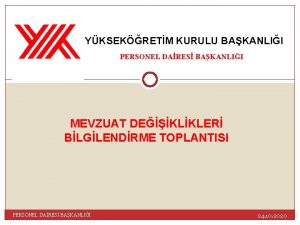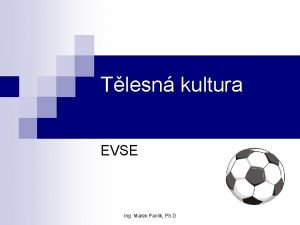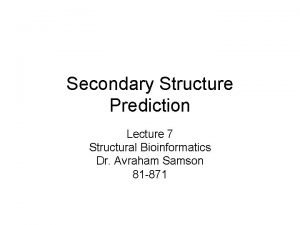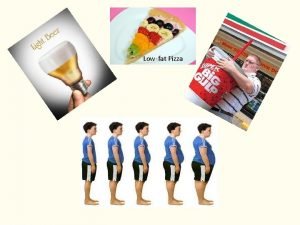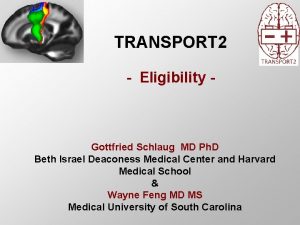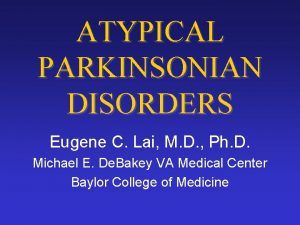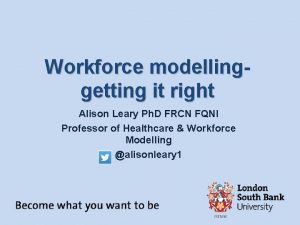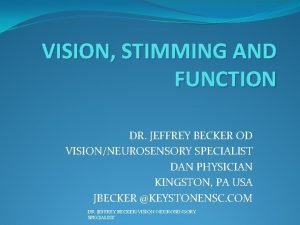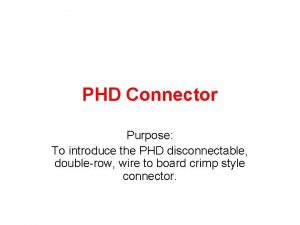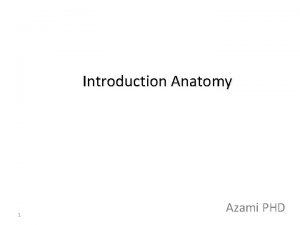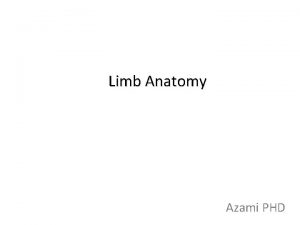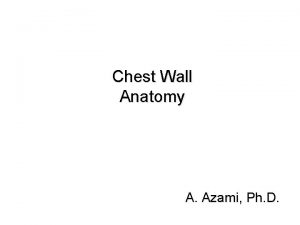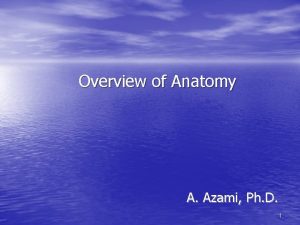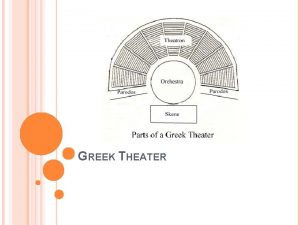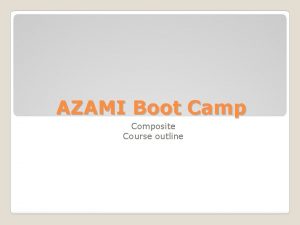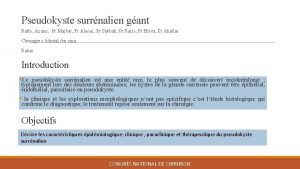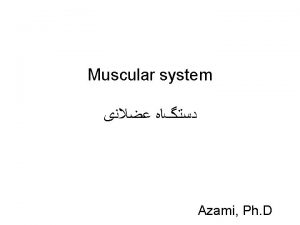Introduction Anatomy Azami PHD Definition Anatomy From Greek


























- Slides: 26

Introduction Anatomy Azami PHD

Definition • Anatomy- From Greek “to cut open” – Study of the structure of the body, either regionally or systematically • Physiology – branch of biological science dealing with the function of organs and organ systems

History of Anatomy • Probably began with early examinations of sacrifice victims. • First documented by Egyptians ~1600 BC. Egyptian anatomical papyrus showed organs (including blood vessels)

Medicine during Medieval Times (5 th 15 th ) • When Rome fell, little was done to advance the studies. • Cadavers were no longer used • Avicenna ( )ﺍﺑﻦ ﺳیﻨﺎ یﺎ پﻮﺭﺳیﻨﺎ

16 th Century Contributions • Began to make drawings of dissections of executed cadavers

17 th and 18 th centuries • Few dissections were allowed • Only certain scientists were allowed to perform them • Doctors literally traveled from dissection to dissection

19 th Century • Anatomy Act of 1832 provided adequate supply of corpses • Gray’s Anatomy first published 1858

Modern Anatomy • X-rays, CT scans, MRI

Anatomy definition • A branch of morphology which deals with the structure of organisms. • Study of the structures of the body and their relationship to one another. • This is generally divided into: – Gross anatomy (that which can be seen with the naked eye) – Histology (microscopic anatomy & internal structure of cells) – Embryology (the developing organism within the uterus)

Gross Anatomy • Systemic – gross anatomy of the body studied by organ system • Regional – all structures in one part of the body (such as the abdomen or leg) • Surface – study of internal structures as they relate to the overlying skin

Organ systems Musculoskeletal (muscles, bones, joints) Cardiovascular (heart, arteries and veins) Respiratory (respiratory tract, lungs) Digestive (oesophagus, stomach, intestine, liver, pancreas) • Urinary (kidney, bladder) • Reproductive (male/female) • Nervous system • •

Anatomical terminology Anatomical planes

Anatomical Planes • Sagittal – divides the body into right and left parts • Coronal or frontal– divides the body into anterior and posterior parts • Horizontal or transverse (cross section) – divides the body into superior and inferior parts

Anatomical planes - 1 • Median or mid-sagittal plane • Passing from front to back in the long axis of the body IN the midline.

Anatomical planes - 2 • Sagittal: Sagittal – divides the body into right and left parts

Anatomical planes - 3 • Coronal or frontal: divides the body into anterior and posterior parts

Anatomical planes - 4 • Horizontal or transverse (cross section) : divides the body into superior and inferior parts

Body Planes 1 2 3

Anatomical positions

Movements Adduction • Moving a body part towards the midline of the body Abduction • Moving a body part away from the midline of the body

Movements Prone • Lying face down Pronation Supine • Lying face up Supination

Movements Flexion • Bending a joint or decreasing the angle between two bones Extension • Straightening a joint or increasing the angle between two bones

Anatomical movements Flexion/Extension

Movements Retraction • Moving a part backward Protraction • Moving a part forward

Anatomical positions • • 1. Cranial toward the head 2. Caudal - toward the feet 3. Medial - toward the middle 4. Lateral - toward/from the side 5. Proximal - toward the attachment of a limb 6. Distal - toward the finger/toes 7. Superior - above 8. Inferior - below

Review
 50 d kadrosundan 33 a'ya geçiş 2019
50 d kadrosundan 33 a'ya geçiş 2019 Phd comics writing
Phd comics writing Ing marek pavlik phd
Ing marek pavlik phd Phd secondary structure prediction
Phd secondary structure prediction Master's degree vs phd
Master's degree vs phd Adele hite
Adele hite Niels fuglsang phd
Niels fuglsang phd Towson university graduate admissions
Towson university graduate admissions Kevin j fleming
Kevin j fleming Simba cheated
Simba cheated Amy bunger phd
Amy bunger phd Gottfried schlaug
Gottfried schlaug Survey methodology phd programs
Survey methodology phd programs Kathleen brehony
Kathleen brehony William j walsh phd
William j walsh phd Larry page personality
Larry page personality Ted lai md
Ted lai md Fccs warriors
Fccs warriors Alison leary phd
Alison leary phd Dr jeffrey becker
Dr jeffrey becker Lisa brenner phd
Lisa brenner phd Phd survival kit
Phd survival kit Stanislav matulay
Stanislav matulay Craig watson md phd
Craig watson md phd Sgs upm
Sgs upm Connector of purpose
Connector of purpose Van deemter pronunciation
Van deemter pronunciation
